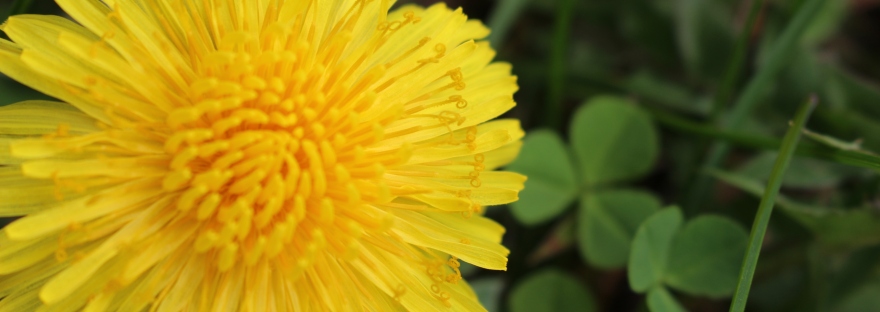Summary:
In this podcast we are featuring the Dandelion plant!
In This Episode You’ll Learn:
- A short history of Dandelion. (Asterecea family: The botanical name is Taraxacum Oficianale )
- Dandelion’s usefulness in nature.
- Bees! (Attract and Feed Pollinators)
- Adding color and variety in springtime landscapes
- Dandelion’s usefulness medicinally.
- Digestive Aid
- Liver Health (Protects our livers…as seen in this study)
- Kidney Health
- Cancer/Tumor fighter (see this site for more studies)
- Eye Health
- Skin Health
- Natural Diuretic and good for Gall bladders (Increases Bile)
- Lowers Blood Sugar (Helps with Diabetes)
- Hormonal aid
- Helps Cholesterol
- High in nutrients and protein
Resources Mentioned/Used:
https://draxe.com/dandelion-root/
https://wellnessmama.com/5680/dandelion-herb-profile/
https://www.ncbi.nlm.nih.gov/pubmed/?term=dandelion

Recipes/How to Use:
Greens/Flowers:
- Eat in a salad
- mix into a green smoothie
- Bitter flavor can be lessened by choosing young leaves, picking leaves in spring or fall, and/or cooking the leaves.
Root:
- Powder can be ground into a tea. Coffee replacement (like Dandy Blend)
- Can be used as a poultice for skin maladies and issues.
According to Mountain Rose Herbs:
Chopped dandelion root can be combined with myrrh to make a poultice for boils and abscesses, with honeysuckle flowers to make a tea to be drunk to treat boils and abscesses, with skullcap and/or chrysanthemum flowers to make a tea to be drunk to treat sore eyes, or with heal-all to treat hard phlegm in bronchitis. Can also be administered in capsule or extract form for convenience.
Sponsors:
This show is brought to you by ME and my super supportive family! If you would like to support this process, please consider sharing financially @ my Patreon page!
*
Also, I want to mention, again that I am not a doctor and none of this information should stand in for questions that should be considered between you and your healthcare tea. And although it is generally considered safe, those allergic to ragweed, chrysanthemums, marigold, chamomile, yarrow, daisies, or iodine may not be able to consume it.*





3 thoughts on “PPP 08: A Dandelion Feature”